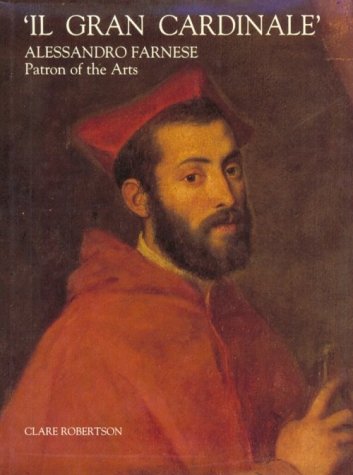During much of the sixteenth century, Rome was the artistic centre of the known world, and Cardinal Alessandro Farnese, the wealthy and powerful grandson of Pope Paul III, was the city's most important individual patron of the visual arts. For over fifty years Farnese commissioned buildings and paintings of the highest quality from the major artists active in the city. Using a wealth of hitherto unpublished material, Clare Robertson provides the first thorough reconstruction of Farnese's development and influence as a patron, at the same time, raising important questions about the attitudes and motives of Renaissance patrons and challenging a number of current art-historical assumptions about patronage. She shows how Farnese began his patronage with costly works of decorative art and thus embarked on an extensive campaign of secular commissions from artists such as Titian, Vasari, and Taddeo Zuccaro. His secular patronage culminated with his magnificent villa at Caprarola, designed by Vignola. Only in the 1560s, after some thirty years as a Cardinal, did he turn to commissions for religious works, mainly in response to Counter Reformation pressures and because of his fervent desire to become Pope. The emphasis of his patronage then changed dramatically as he embarked on building an impressive number of new churches, including the Gesu, the most influential church of the late sixteenth century. This handsomely illustrated study of a major artistic figure will be indispensable to students and scholars of sixteenth-century Italy and its art.
- ISBN10 0300050453
- ISBN13 9780300050455
- Publish Date 27 May 1992
- Publish Status Out of Print
- Out of Print 22 September 2006
- Publish Country US
- Imprint Yale University Press
- Format Hardcover
- Pages 334
- Language English
